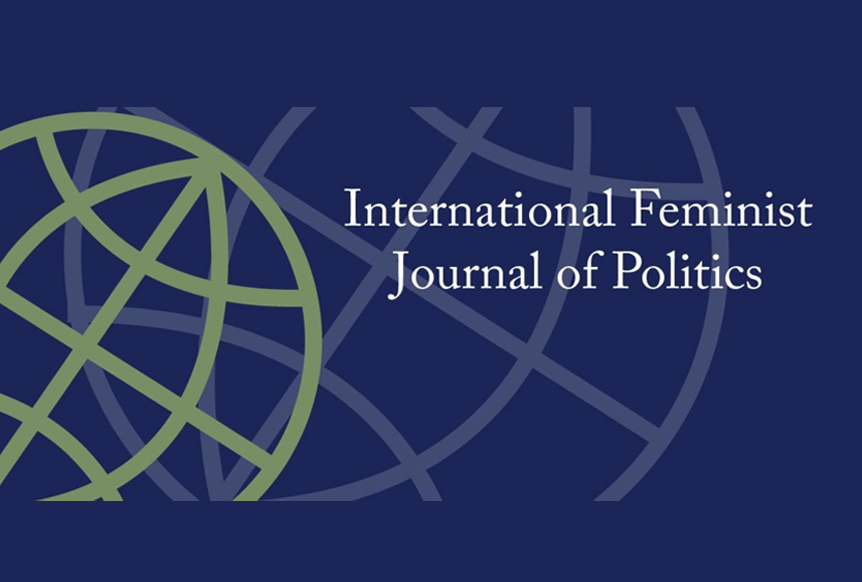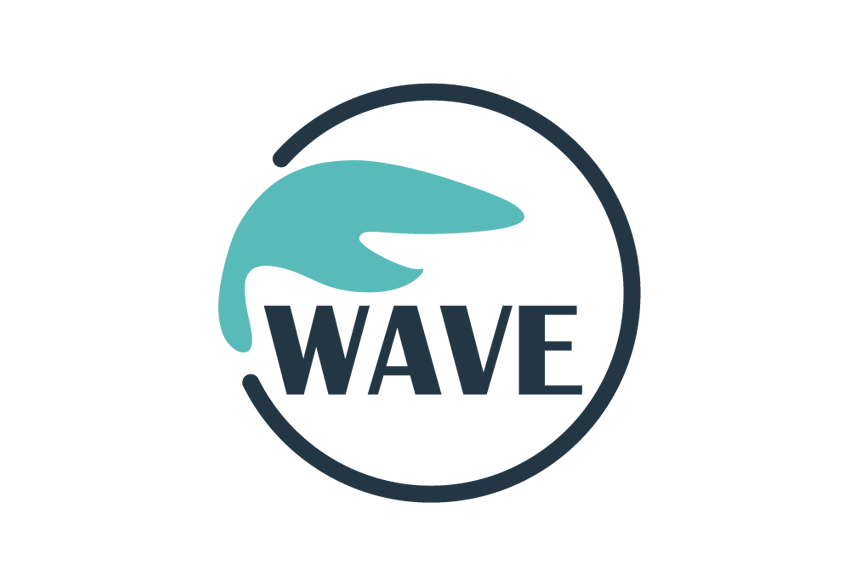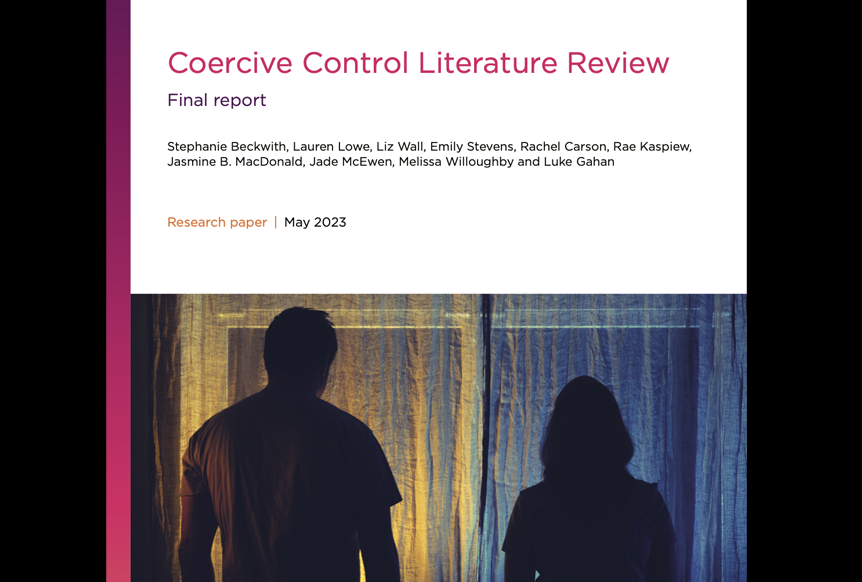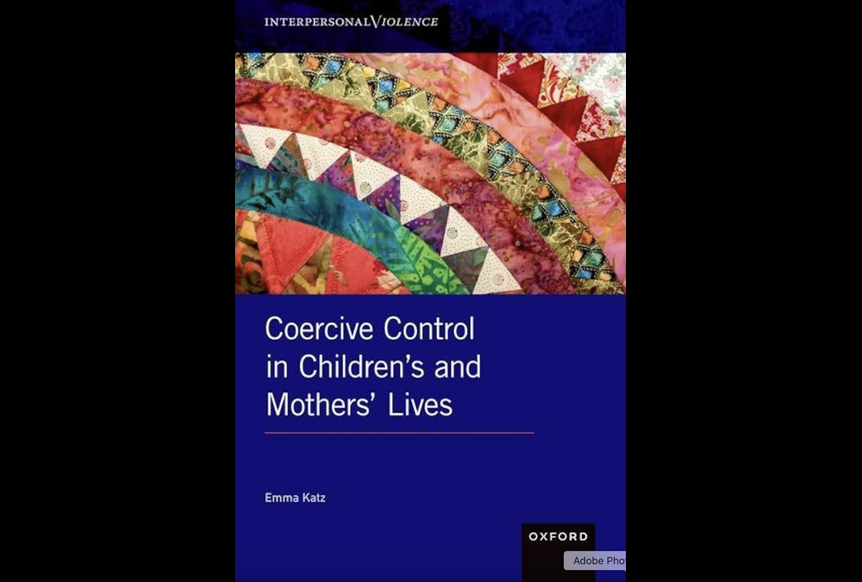The ‘trauma-informed‘ court: specialist approaches to managing sexual offence proceedings
Part two of a two-part series providing a snapshot of the main findings and discussion from a literature review on specialist approaches to managing sexual assault proceedings.
Central Queensland University





